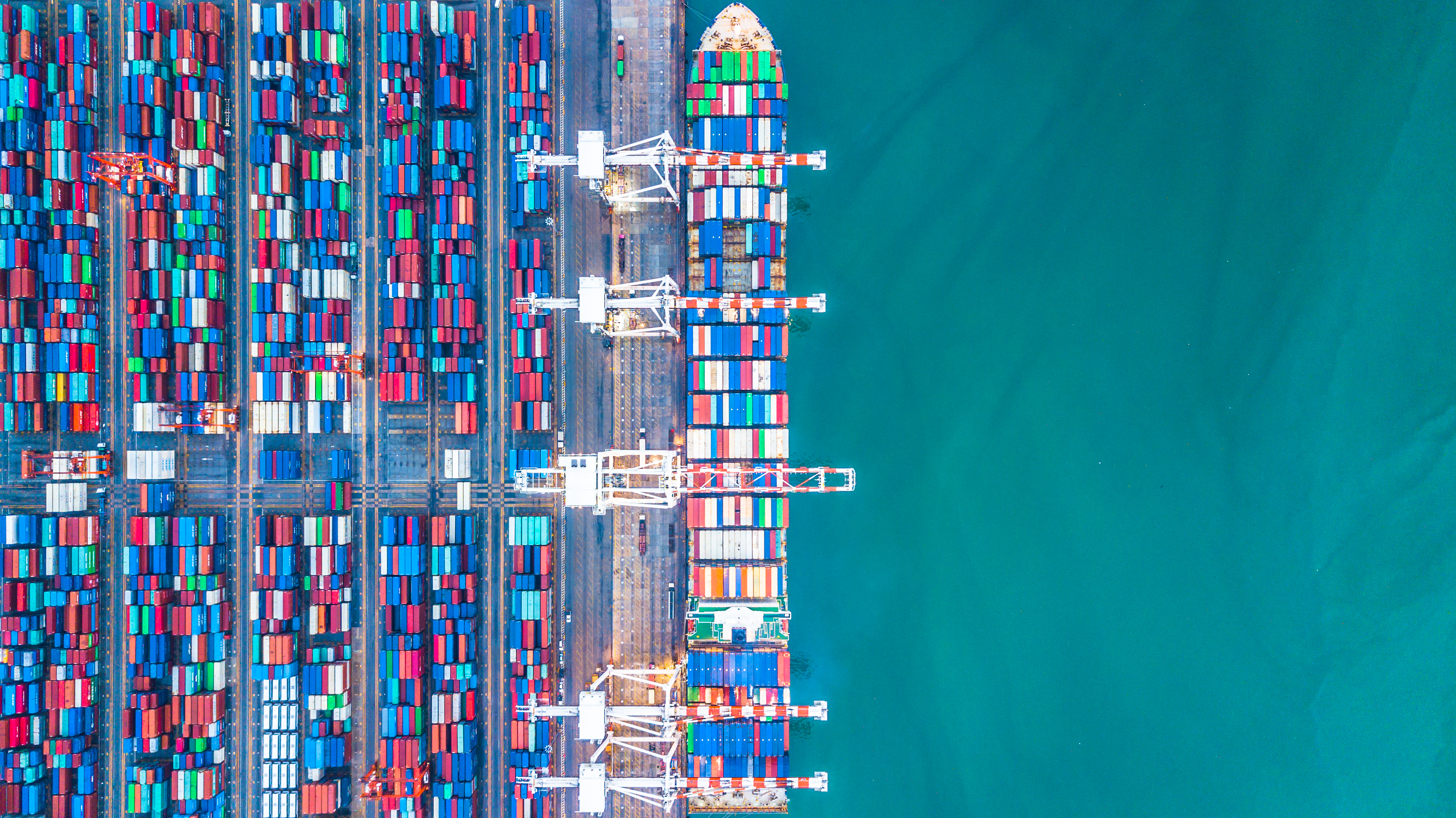If you are already logged in but still cannot access all the content, please contact us!

BAROMETER. Military action in the Middle East did little to destabilise container freight rates in June. Maritime professionals showed great sang-froid despite the wide-ranging international instability.
Main developments
- Israeli-American strikes in Iran
The Israeli-American attack on Iran did not fundamentally destabilise maritime trade in June. The market stayed solid on oil prices and freight rates, with only limited movement in reaction to the intensification of the conflict in the Middle East.
On the other hand, the attack will have a major impact on operations, since it has delayed the prospect of the wide-ranging return to the Suez Canal which the shipping companies had written into their budgets for the second half. As things stand, the return to the canal cannot be envisaged operationally before the fourth quarter, given that it will necessarily be implemented progressively.
Now that it has become a long-term phenomenon, the deviation round the Cape of Good Hope is set to become a sort of new norm. This is not a bad thing for shipping companies, which can thus maintain an economic balance, which is generally favourable to them.
- The performance of Gemini
Sufficient time has now passed for us to be able to make a first assessment of the performance of Gemini, the alliance launched by Maersk and Hapag Lloyd in February. We cannot but conclude that the high standards...
This content is for Upply subscribers only.
Already a subscriber?
Log inNot subscribed yet?
Check out our offers
Jérôme de Ricqlès
Shipping expert
Our latest articles
-
3 min 08/01/2026Lire l'article
-
Subscriber France: Road transport prices remain stagnant in November
Lire l'article -
Container shipping in 2025
Lire l'article


